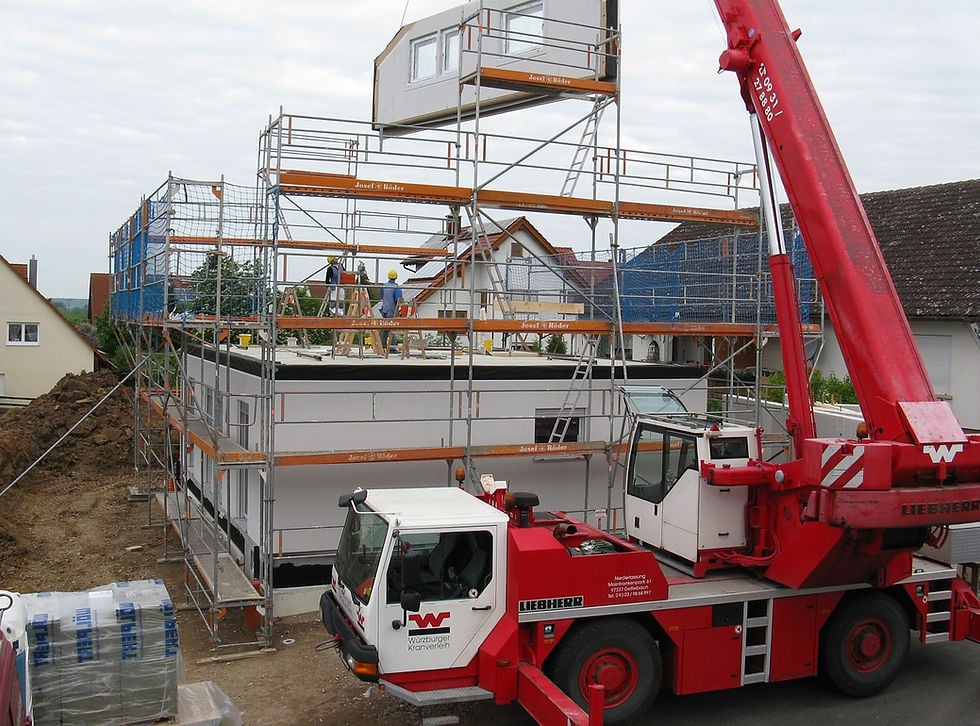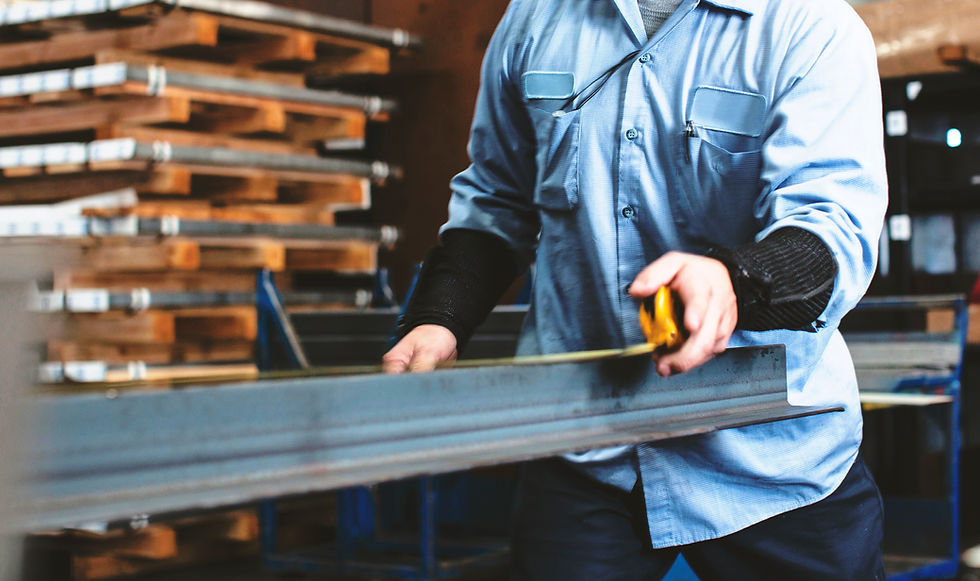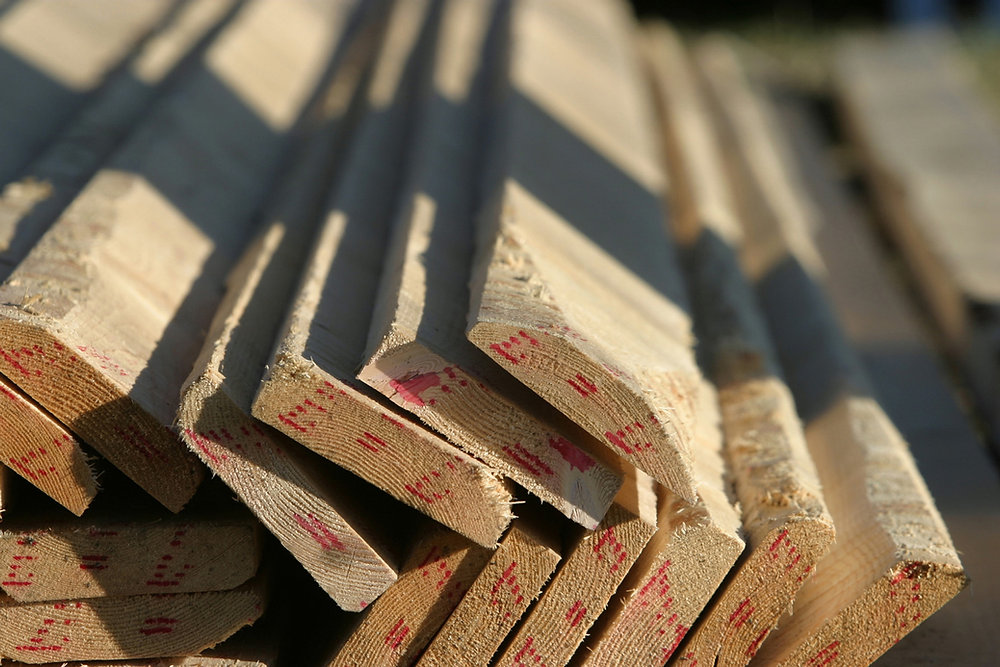The construction industry typically faces year-over-year increases in material costs, ultimately leading to decreased profits. Understanding how and why these costs are increasing is an essential starting point in order to effectively manage any budget.
Why Material Costs Are Increasing
 Material prices can fluctuate seasonally due to a variety of factors ranging from natural disasters to heightened construction activity. One of the main reasons for the infamous annual price increase includes an increase in energy and crude oil costs. Another major reason is the trade situation involving tariffs on materials including steel and aluminum. This is creating major uncertainty in the marketplace with price increases happening monthly, with no way to predict what tomorrow’s price will be. Despite all this, construction companies must procure materials to complete projects. There is no way around this fact, so companies must find ways to mitigate the impact and protect their profits.
Material prices can fluctuate seasonally due to a variety of factors ranging from natural disasters to heightened construction activity. One of the main reasons for the infamous annual price increase includes an increase in energy and crude oil costs. Another major reason is the trade situation involving tariffs on materials including steel and aluminum. This is creating major uncertainty in the marketplace with price increases happening monthly, with no way to predict what tomorrow’s price will be. Despite all this, construction companies must procure materials to complete projects. There is no way around this fact, so companies must find ways to mitigate the impact and protect their profits.
For the most part, increasing material costs are out of your control. Typically, the only solution that contractors have at their disposal is to find better ways to manage materials and waste. By tightening the belt on construction waste and inefficiencies, construction managers can better balance their budget for materials. Below you will find a few tips on how to handle these price increases and mitigate their impact on your projects.
Allow for Price Increases in the Estimate

This is especially important in projects with durations longer than one year, as contractors can expect to see overall material price increases of 3%-12% year-over-year. For example, a job with material costs of $500,000 and a project duration of 3 years, can expect to experience material price increases ranging from $45,000 to $150,000! You can see how this can quickly add up and eat into your profits if you don’t account for this.
Embrace Prefabrication

An added benefit of offsite fabrication is that it also reduces the cost of labour for your company, further mitigating the impact of the rising material costs in construction. Typically, it costs far less to not only transport partial assemblies, but also to store and organize them for installation once they are on your job site. Even as your company increases production and the labour force on projects, the cost associated with labour decreases thanks to prefabricated materials. More importantly, if you are experiencing a labour shortage, the use of prefab items reduces the need for more labour, as the time taken to install that particular component is greatly reduced with prefab.
Optimize Resource Management
 How are you currently ordering, tracking and managing your materials and inventory right now?
How are you currently ordering, tracking and managing your materials and inventory right now?In order to maximize profits and minimize material costs, it is essential to keep close tabs on your material burn rate so that you can start to pre-plan and purchase materials ahead of time, ultimately beating those price increases before they take effect. Therefore it is critical to constantly assess the market conditions and stay in touch with your suppliers to ensure there are no surprise increases coming your way before it’s too late.
One of the best ways to achieve the required level of organization and structure to deploy and manage your resources is to use a Labour and Material management software such as Ontraccr. With Ontraccr, you can easily upload and manage your material database, allowing you to not only track inventory, but also keep a complete history of past prices so that you can use that data to create even more accurate and profitable estimates.
Review Your Material Sourcing strategy

If you find yourself purchasing resources from different countries, ultimately in different currencies, you may be at greater risk of external issues arising which lead to price increases or supply shortages. Therefore it is wise to undertake a review of your material sourcing strategy. Identify where materials originate from, what their lead times are, and see if there is an opportunity to switch to suppliers that can provide materials in a favourable currency denomination - buy local.
Another quick and easy solution is to work with your clients to review the specifications and try sourcing alternative resources that still fit the scope of work.
Get Creative With Your Suppliers
 Increases in materials costs may call for a brainstorm on procurement models. Greater collaboration with suppliers may unlock more commercially advantageous arrangements, therefore it is essential to maintain good rapport with them.
Increases in materials costs may call for a brainstorm on procurement models. Greater collaboration with suppliers may unlock more commercially advantageous arrangements, therefore it is essential to maintain good rapport with them.Some examples of possible arrangements include doing bulk purchases for greater discounts, negotiating warehouse storage of material to avoid price increases, delaying delivery of material to avoid storage fees, and many more!
With material increases always on the horizon, is it essential to revisit terms associated with any bulk purchase arrangements that are in place. If you typically buy the same material or resource often, it may be advantageous to negotiate large volume discounts in order to reduce costs.
Proactively Discover New Ways to Mitigate Costs
Monitoring the rising cost of construction materials is an essential activity in this industry. As construction demand continues to rise all across North America, the supply and demand of materials is following suit. Despite this, the rising material costs in construction do not have to force you to sacrifice your quality of work. By implementing technologies such as Ontraccr and modifying existing workflows such as introducing pre-fab, optimizing resource management, and engaging in unique arrangements with suppliers, you can increase the efficiency of your construction crew and mitigate the impact of any price increases.
The main point is that being proactive in discovering ways to mitigate your construction material costs will have a tidal wave effect on other aspects of your business budget. You’ll be able to minimize your expenses while improving organizational efficiency, which is a win-win for everyone.
If you enjoyed this article, join our mailing list down below to receive our monthly newsletter and stay up-to-date on what Ontraccr is developing to help digitize the construction industry.






